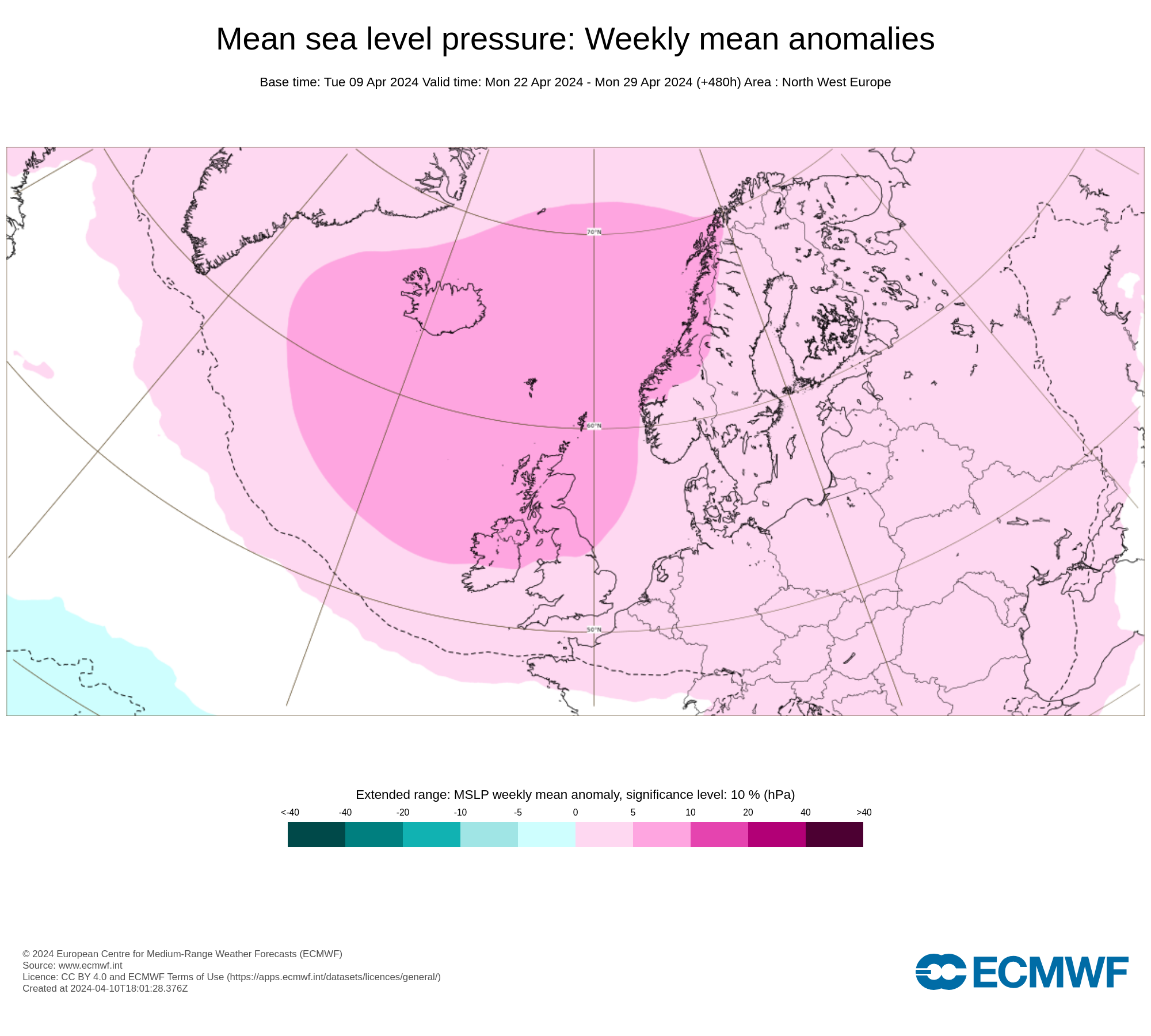Iceland Volcano latest - what's the odds of a major eruption
Lava flows from the erupting Fagradalsfjall volcano some 40 km west of the Icelandic capital Reykjavik (Photo: Icelandic Coast Guard / AFP via Getty)
A volcanic eruption began in Fagradalsfjall, halting flights flying to and from the area on Friday.
A no-fly zone has been established 25 miles from Iceland's capital Reykjavik on Friday after a dormant volcano erupted at 8:45 p.m. local time. Air traffic has been halted from Keflavik International Airport, the largest airport in Iceland. There were two flights going inbound towards Keflavik during the eruption, but no injuries were reported.
"Flight color code is red but very little turbulence is seen on seismometers." The Icelandic Meteorological Office reported via Twitter.
The eruption was long expected, as the area had recorded over 40,000 tremors since February 24, 2021, and a 5.7 magnitude earthquake on a mountain near Reykjavik. When the volcano did erupt, it was an effusive eruption, meaning there was a heavy lava flow instead of explosions of ash and debris.
Authorities told locals to stay out of the area, as first responders and scientists need to get through roadways to examine the eruption.
Many living in the area were preparing for the eruption weeks in advance. Due to the continuous earthquakes, it was reported many locals left their homes to stay in hotels in Reykjavik to get away from the constant seismic activity.
A screenshot from the seismograph showing the hours before the eruption. A very low tremor is current to the right of the image and only on those monitors next to the eruption site, (bottom lines). The eruption starts at ca 20:45, time stamp is at the bottom. #Reykjanes #Eruption pic.twitter.com/OKMNBlthxX
— Icelandic Meteorological Office - IMO (@Vedurstofan) March 20, 2021
Before the eruption, Seismologist Dr. Thorbjorg Agustsdottir stated in an interview she was watching for seismic changes at any time.
"The area is very well monitored with seismometers, GPS instruments as well as satellite images, so we're expecting to see the signal if something big happens." Agustsdottir said. "If the eruption happens, it will be an effusive eruption. We expect it to be quite gentle. It's not going to be explosive."
In 2010, the Eyjafjallajökull volcano, located southeast of Reykjavik did explode with ash and debris, halting over 900,000 flights around the area and Europe. Explosive eruptions are much more dangerous for planes, as ash can damage planes mid-flight and cause low visibility. The ash cloud spread over to parts of the UK and Europe, causing over 300 airports to temporarily shut down.
After the 2010 eruption, the International Civil Aviation Organization started the temporary International Volcanic Ash Task Force (IVATF) to study and redefine hazardous airspace.
"We don't expect to see another Eyjafjallajökull [eruption]. It's almost impossible it will happen because of the geological situation," Agustsdottir said.
Iceland's Meteorological Office announced this is the first recorded eruption in the Krysuvik volcanic system in over 800 years.
You can find all the latest weather warnings and forecasts by downloading our app from the google play store by clicking below














